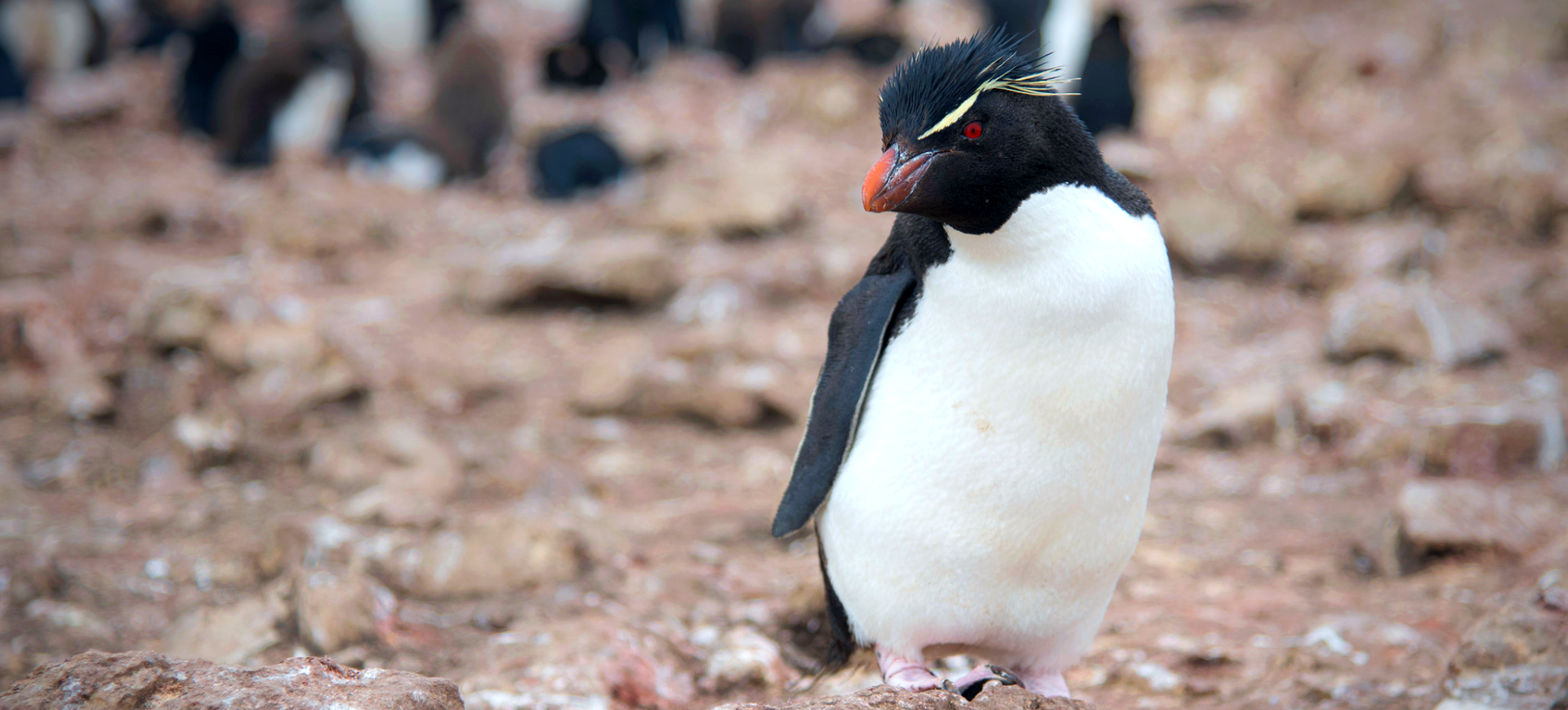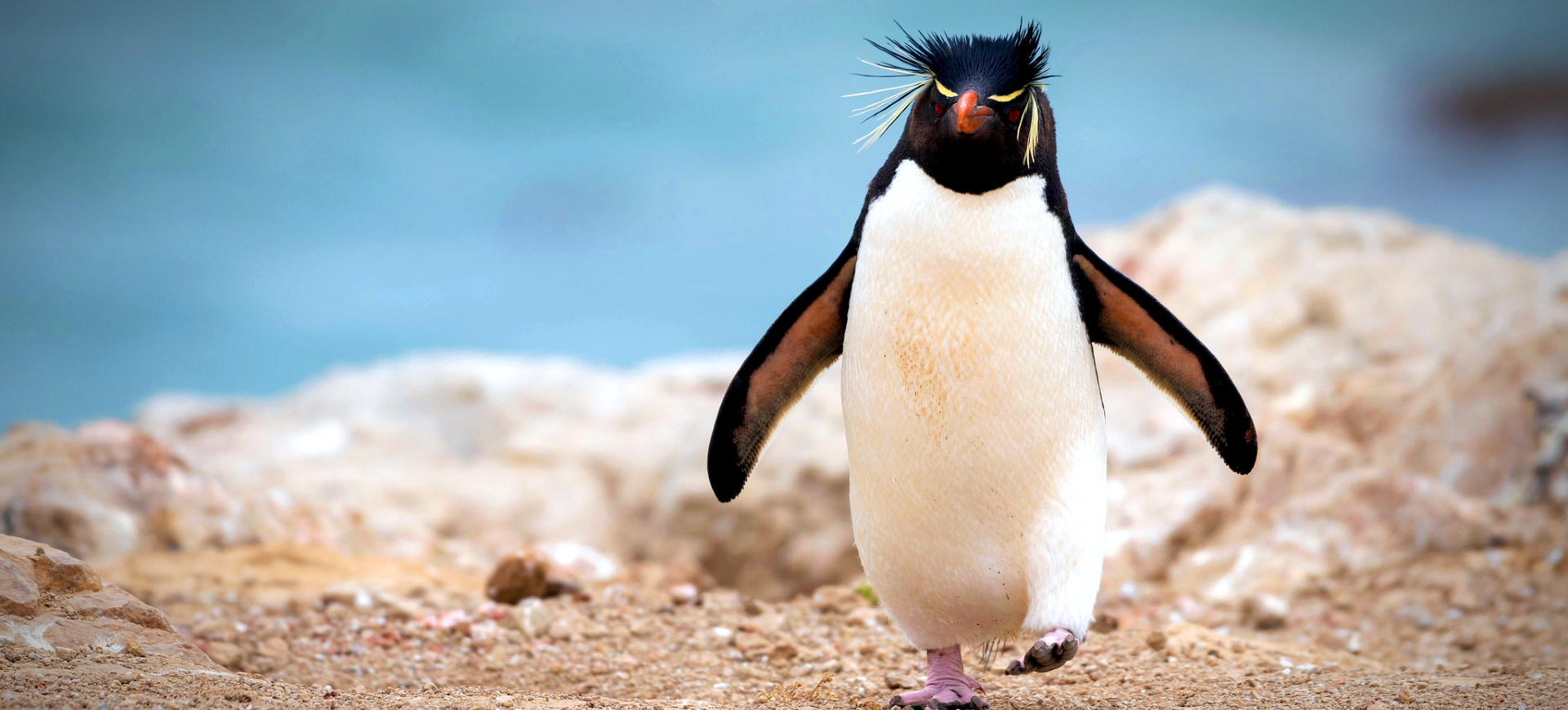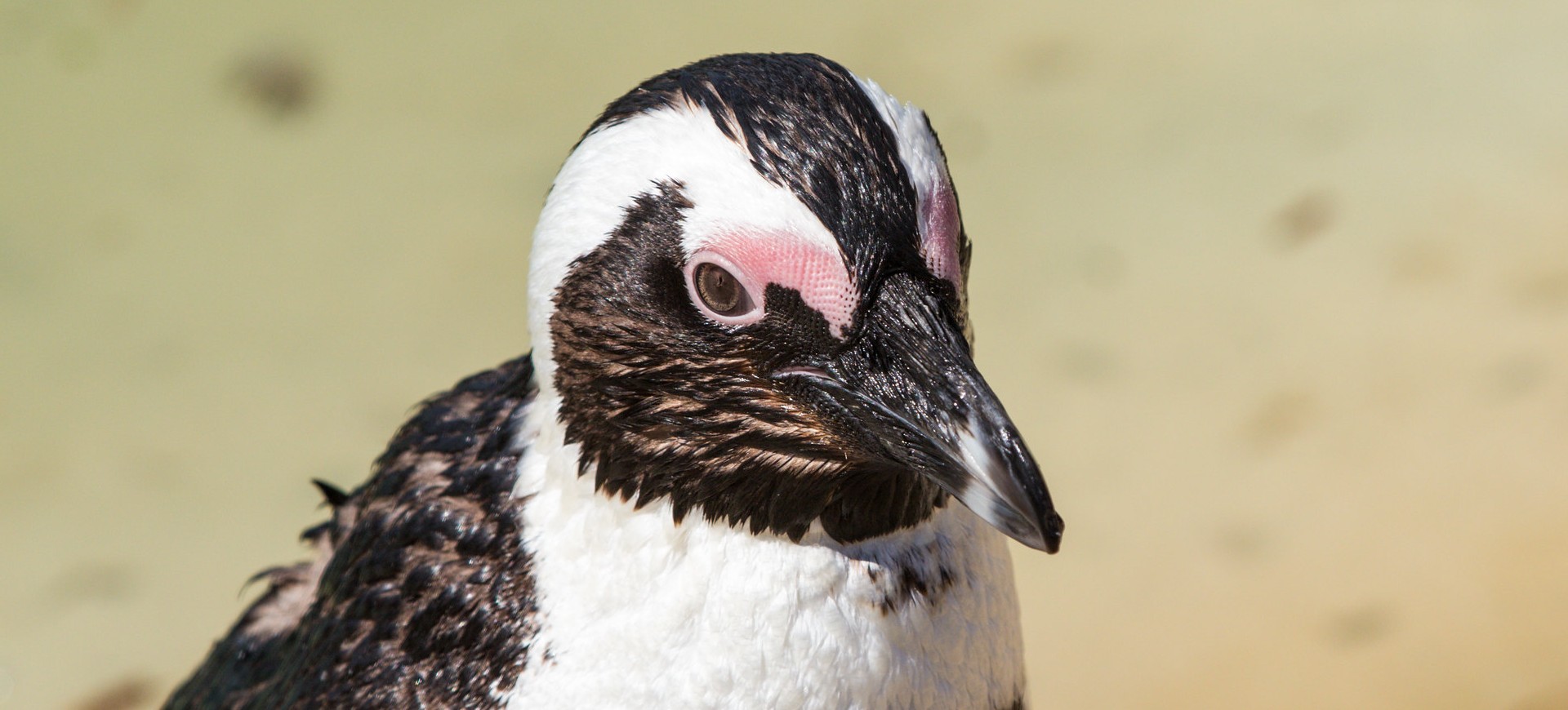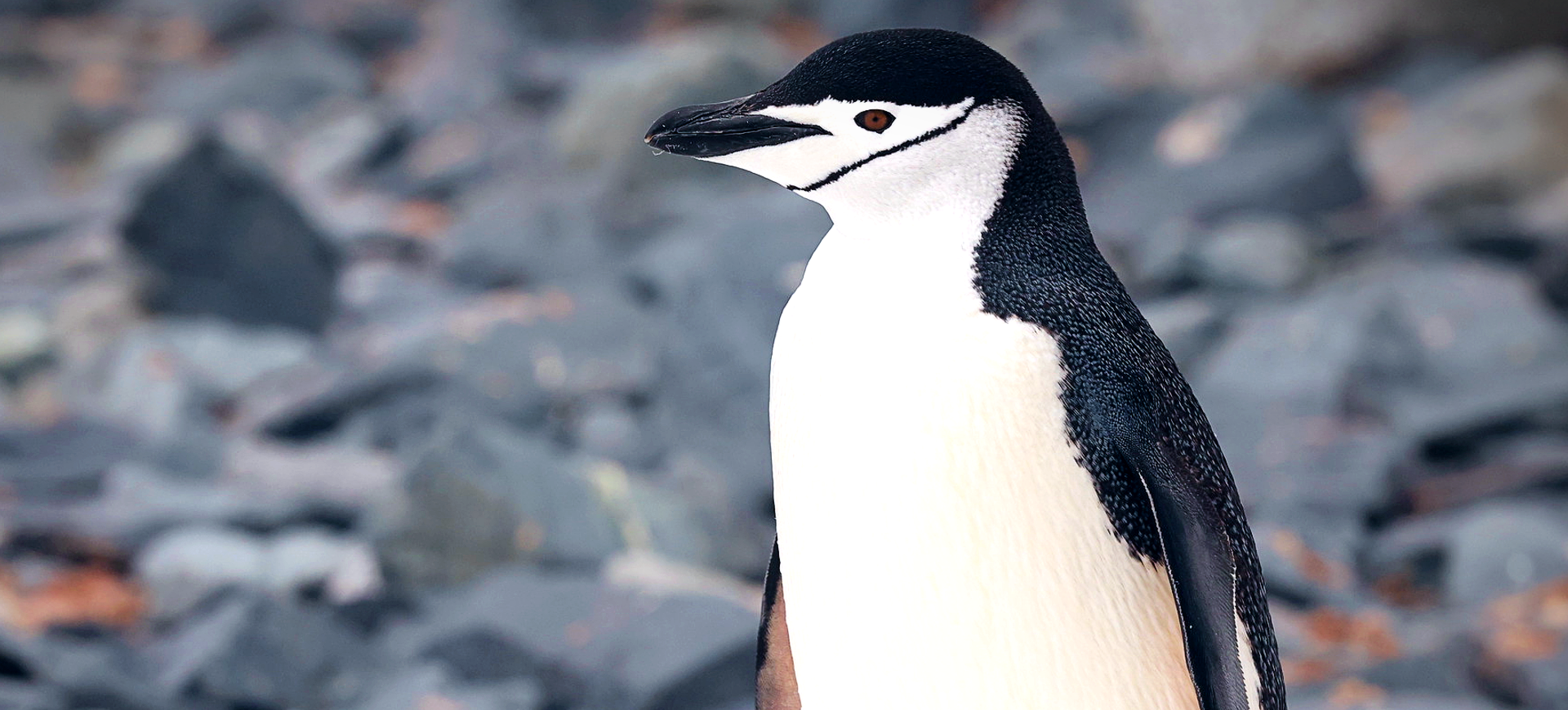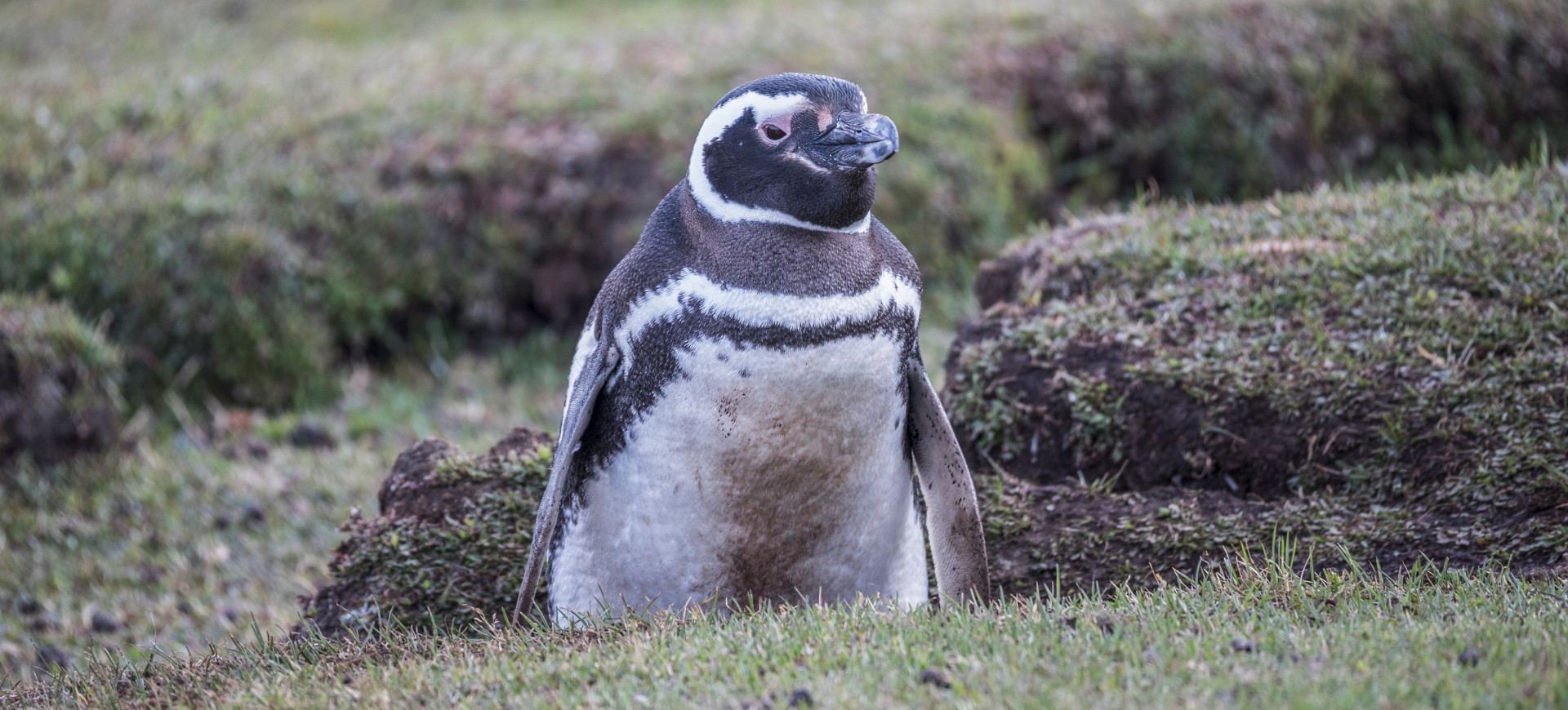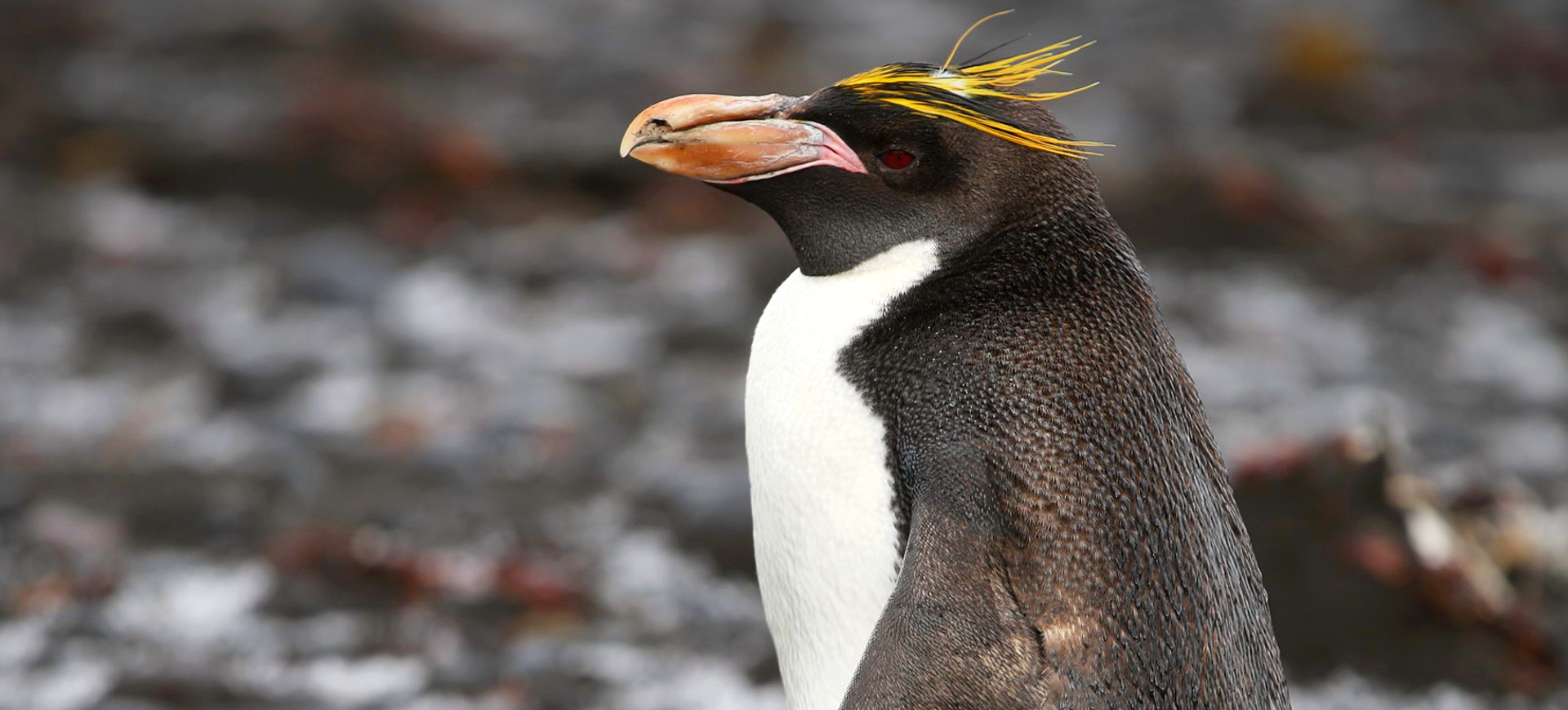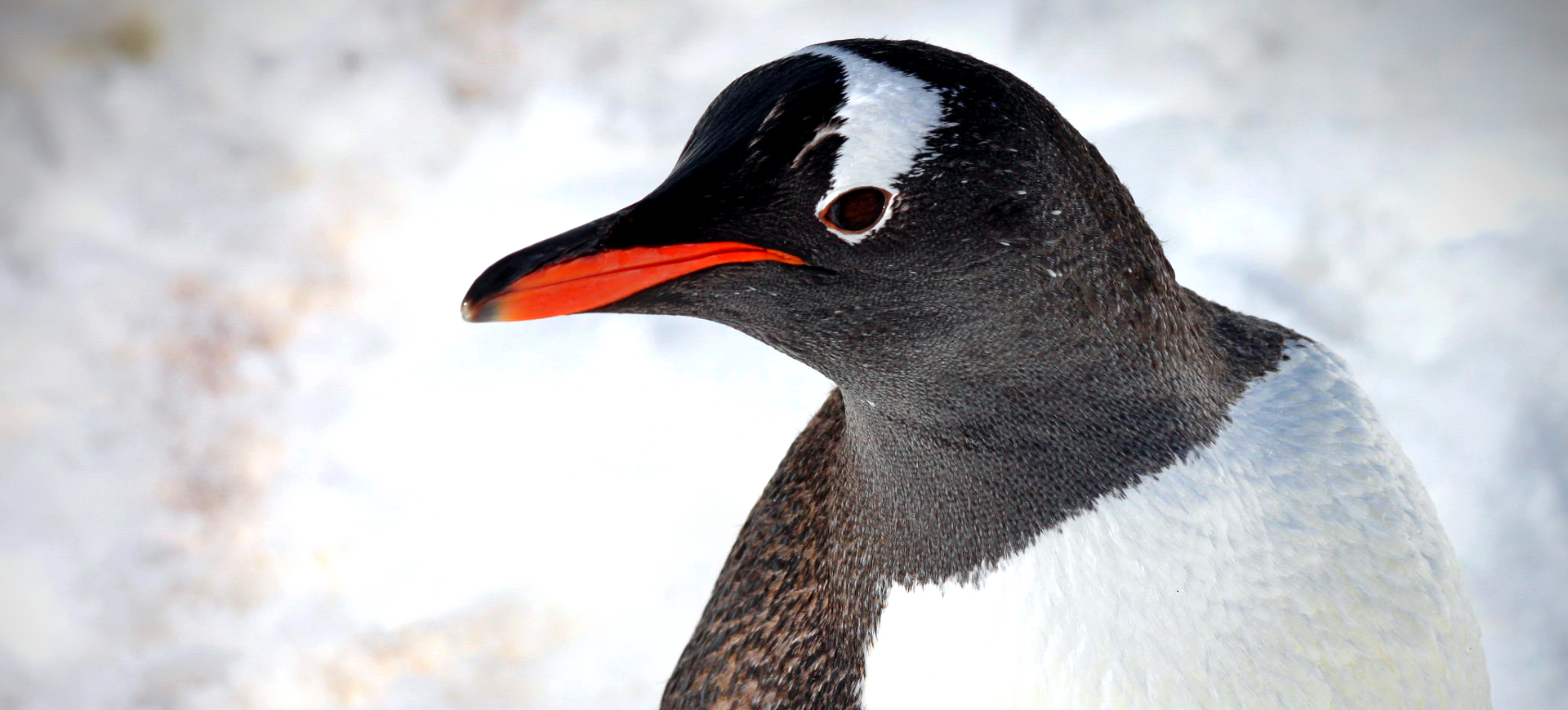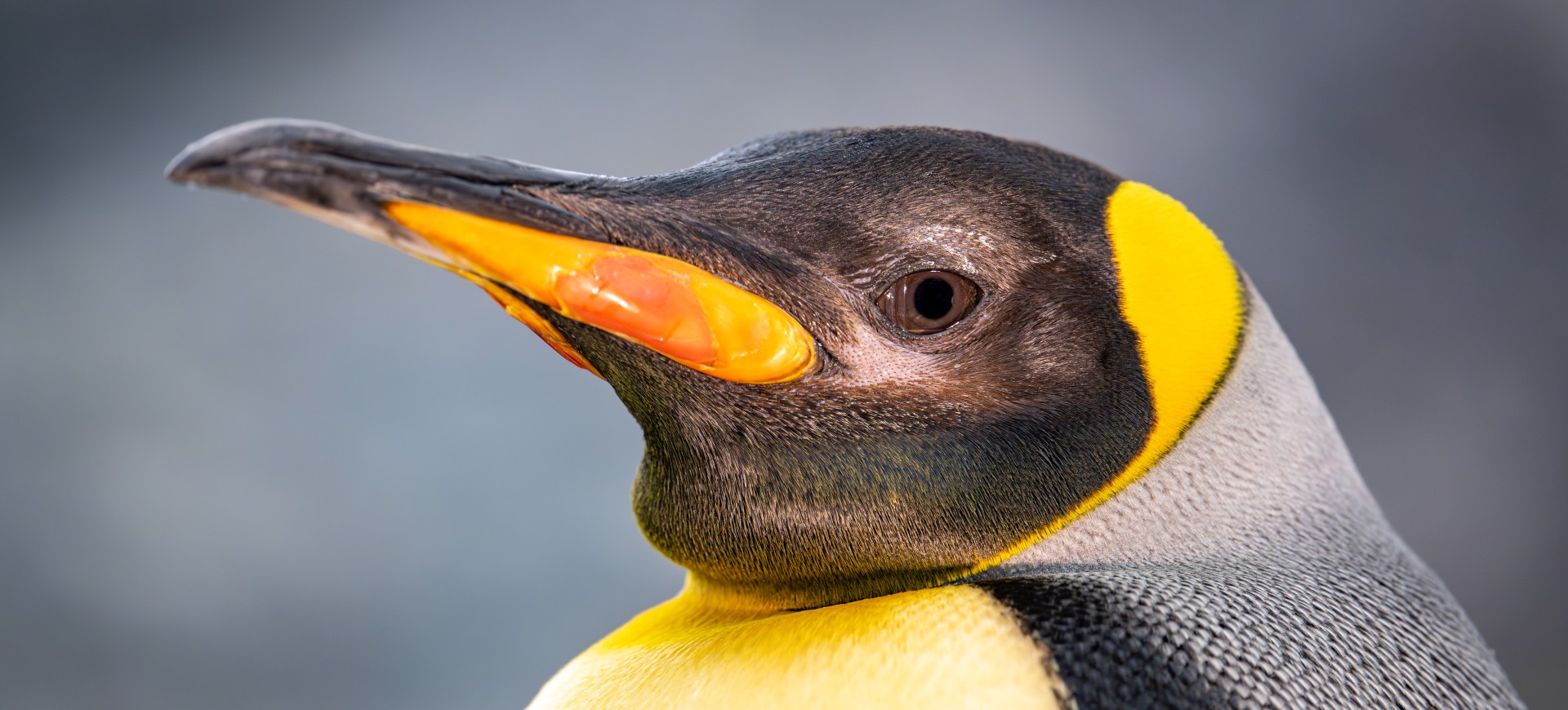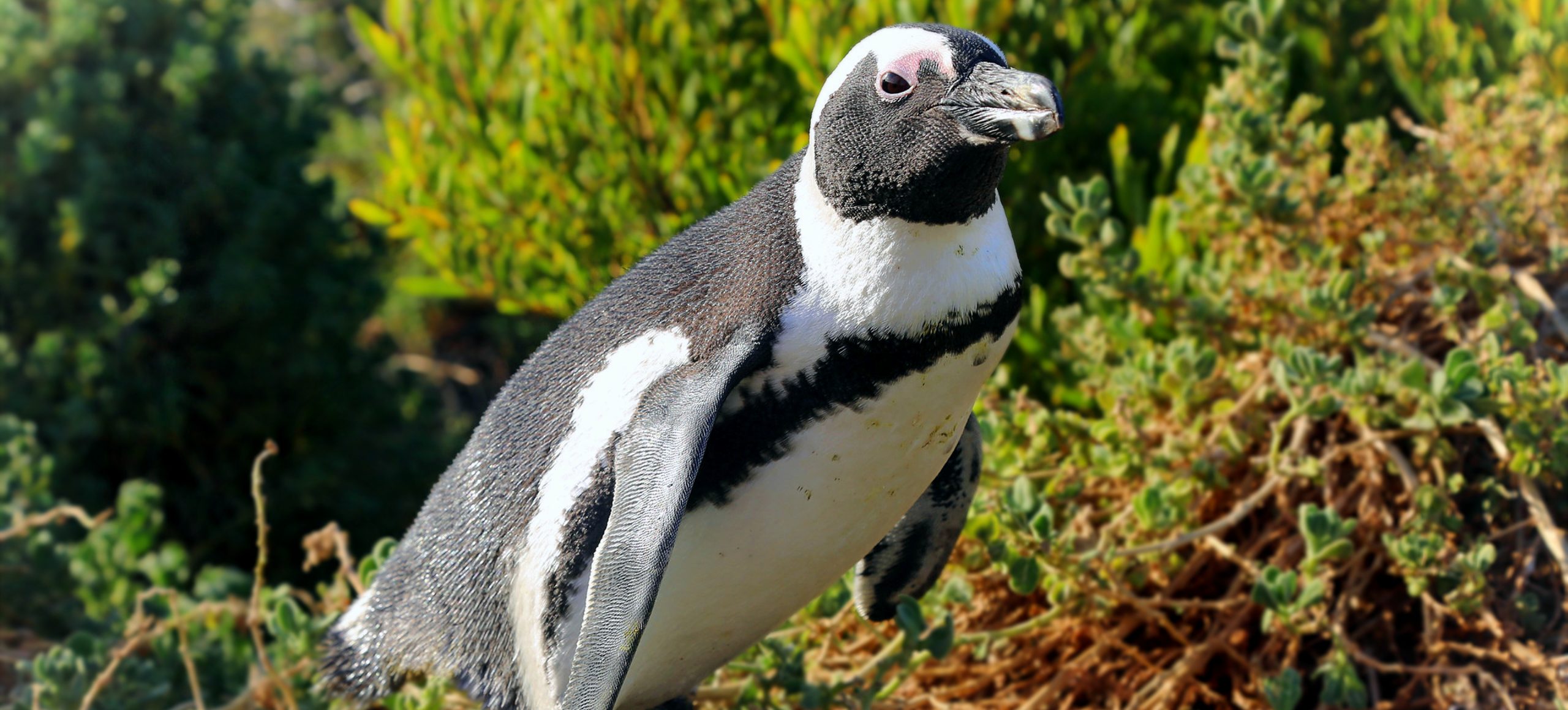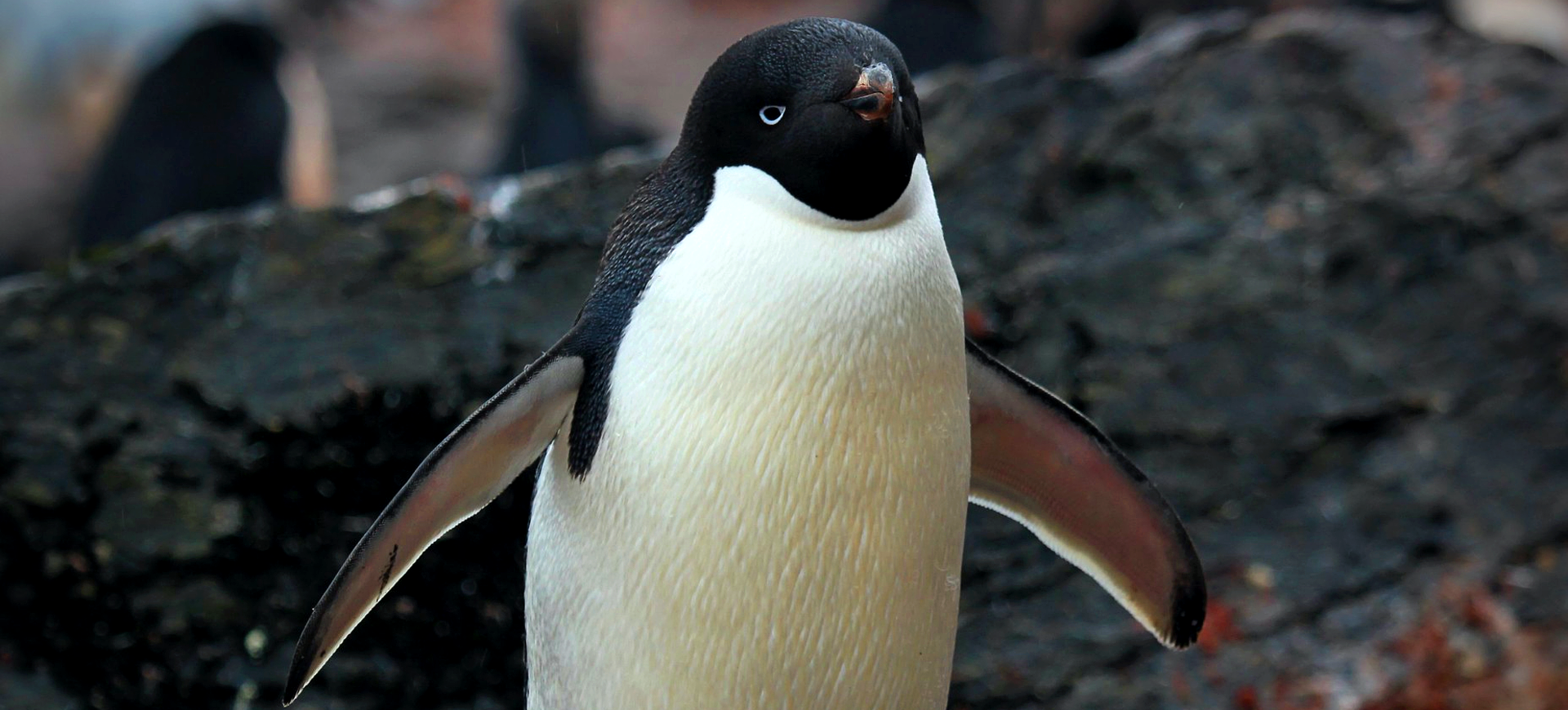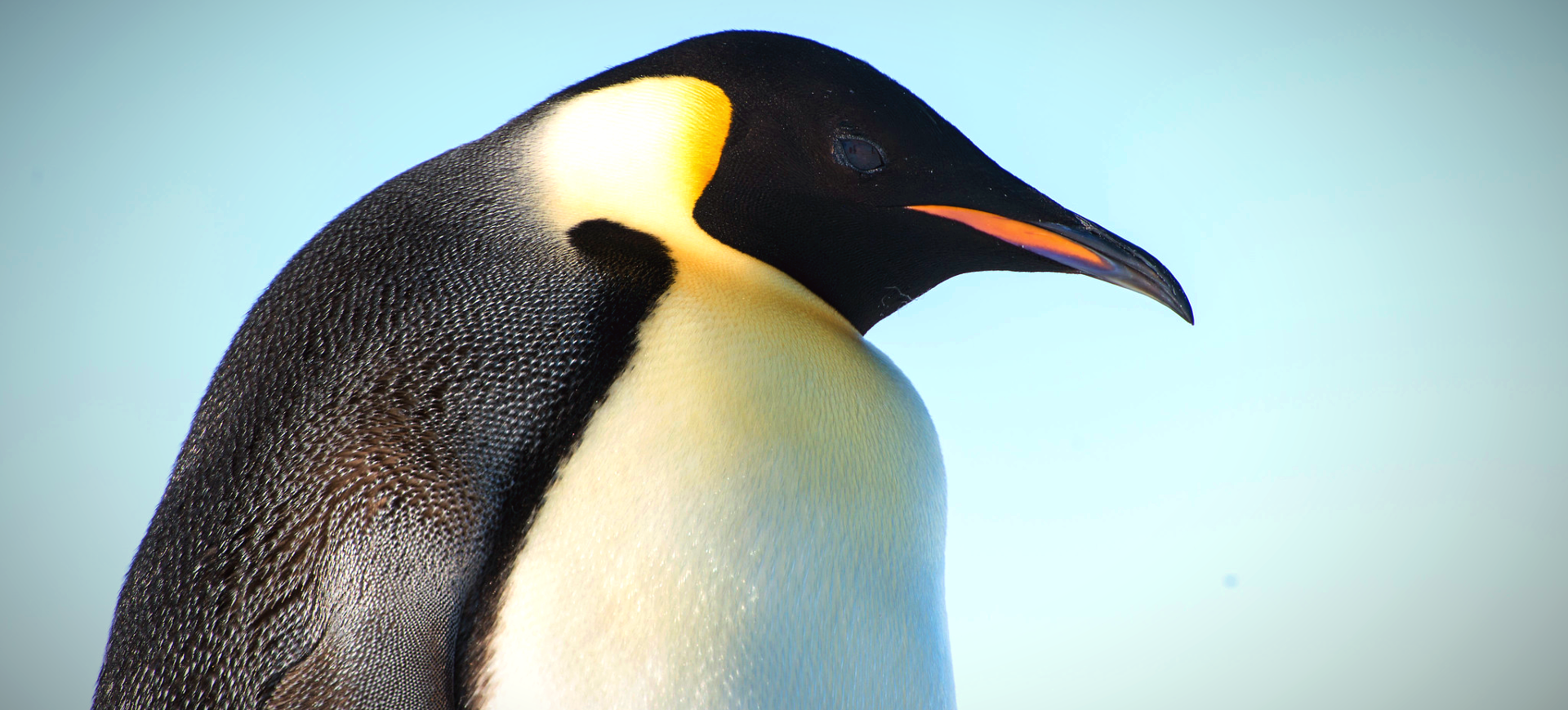Overview
The Little Penguin (Eudyptula minor) is the smallest species of penguin and is native to the coastlines of southern Australia and New Zealand. Its slate-blue to blue-gray plumage is characterized by its stark contrast to the larger, primarily black and white penguin species. Due to their small size and distinct coloration, these penguins are also known as “Fairy Penguins” in Australia or “Little Blue Penguins” in New Zealand.
Adult Little Penguins usually weigh between 2.2 to 3.3 pounds and reach a height of 12 to 13 inches. These birds have adapted well to a marine lifestyle, with flippers adapted for swimming rather than flying. Their primary diet consists of small fish and marine invertebrates, which they hunt during daylight hours, usually not straying more than 12 miles from their nesting sites.
Their vocalizations differ significantly from other penguin species and are often described as high-pitched braying and trumpeting sounds. These calls serve multiple purposes, including attracting mates and warning off predators. In recent years, the species has gained attention for its vulnerability to human-related threats, including habitat loss and climate change.
Taxonomy
Kingdom
Phylum
Class
Order
Family
Genus
Species
Type
Physical Description:
The Little Penguin is recognized for its blue-gray plumage, which is darker on the upper parts of the body and lighter on the underparts. They have a white belly, and their beaks are black. The coloration serves as a camouflage mechanism, making them less visible to predators when they are in the water.
Adult males and females have similar physical appearances, making it difficult to differentiate between the sexes based on external features alone. The flippers are generally black and streamlined to facilitate efficient swimming. While they are flightless birds, their flippers are effectively adapted for swimming and diving.

Lifespan: Wild: ~7 Years || Captivity: ~25 Years

Weight: Male: 2.9 lbs (1.3 kg) || Female: 2.6 lbs (1.2 kg)

Length: Male: 13 inches (33 cm) || Female: 12 inches (30 cm)

Height: Male: 13 inches (33 cm) || Female: 12 inches (30 cm)

Wingspan: Male & Female: 17 inches (43 cm)

Top Speed: 4 mph (6.4 km/h)
Characteristic:
Native Habitat:
The native habitats of Little Penguins include rocky island shores and secluded mainland beaches. They prefer areas with abundant vegetation for nesting, providing them shelter and camouflage. These areas often have easy access to the ocean, allowing them to quickly venture out for food.
In Australia, they are primarily found along the southern coast, from Western Australia to New South Wales. In New Zealand, they inhabit the entire coastline, including several offshore islands. They have also been spotted in the Chatham Islands and the sub-Antarctic islands.
Climate Zones:
Biogeographical Realms:
Continents:
Countries:
Diet:
Diet & Feeding Habits:
Little Penguins primarily consume small fish like anchovies and pilchards. They are opportunistic feeders and also eat crustaceans and cephalopods. They can consume up to 25% of their body weight in food each day. Foraging trips generally occur during daylight hours, and they may venture up to 12 miles offshore to find food.
They use a ” porpoising ” technique to breathe while swimming, where they leap out of the water at high speeds. This allows them to cover large distances quickly in search of food. They are known for their excellent diving skills, capable of diving to depths of around 200 feet, although most of their foraging occurs in shallower waters.
Mating Behavior:
Mating Description:
The Little Penguin mating season occurs primarily between June and August, although this can vary depending on the location and environmental conditions. Both males and females engage in vocalizations and physical displays to attract a mate. Once a mate is selected, they often form long-term pair bonds.
Nesting sites are usually in caves, under vegetation, or among rocks. The female lays one to two eggs per clutch, and both parents share incubation duties, which last for approximately 35-40 days. After hatching, both parents take turns feeding and guarding the chicks until they are ready to fledge at around 50-60 days old.
Reproduction Season:
Birth Type:
Pregnancy Duration:
Female Name:
Male Name:
Baby Name:
Social Structure Description:
Little Penguins are social animals that form colonies for breeding and molting. Within the colony, they establish and defend nesting territories. While they are generally monogamous, some level of mate-switching does occur. Both males and females share responsibilities for incubating the eggs and feeding the chicks.
Outside of the breeding season, Little Penguins can be more solitary when foraging for food but may also engage in group foraging. Vocalizations and physical displays are important aspects of their social interactions, used for mating, territory defense, and communication with chicks.
Groups:
Conservation Status:
Population Trend:
The estimated Little Penguin population is around 469,760 individuals in the wild. The largest colonies are found on offshore islands, which are relatively safe from land-based predators. Population sizes can vary greatly between colonies and years, often influenced by environmental factors such as food availability and climate.
Despite their status as “Least Concern,” their numbers are in decline due to several threats, including habitat destruction, human disturbance, and introduced predators like foxes and dogs. Climate change also poses a long-term threat by affecting their primary food sources and breeding sites.
Population Threats:
The primary threats facing Little Penguins are habitat destruction and human interference. They are particularly susceptible to disturbances from human activities, such as tourism and coastal development, which can destroy their nesting habitats. Introduced predators like foxes, dogs, and rats pose a significant risk.
Overfishing is another serious threat that reduces the availability of their primary food sources. Oil spills and pollution can also severely impact their populations. Climate change further exacerbates these challenges by altering sea temperatures and currents, which affect fish distribution and, consequently, the penguins’ food supply.
Conservation Efforts:
Several conservation programs are in place to protect Little Penguin habitats and mitigate threats. These include establishing protected marine areas, conducting regular population surveys, and implementing predator control measures. Education and public awareness campaigns are also crucial to reduce human-related disturbances.
In some areas, artificial nesting boxes have been placed to provide additional nesting sites and protection from predators. Volunteers often engage in beach patrols during the breeding season to safeguard the birds and their chicks from threats. Ongoing research also aims to better understand the effects of climate change on these animals.
Additional Resources:
Fun Facts
- Little Penguins are the smallest species of penguin.
- They are also known as Fairy Penguins in Australia and Little Blue Penguins in New Zealand.
- Unlike other penguin species, they have a blue-gray coloration.
- They can consume up to 25% of their body weight daily.
- Little Penguins use a swimming technique called “porpoising” to breathe quickly while covering large distances.
- They can dive to depths of up to 200 feet.
- Little Penguins are generally monogamous and form long-term pair bonds.
- They are known for their distinct vocalizations, which differ from those of other penguin species.
- Despite their small size, they are excellent swimmers and divers.
- They are one of the few species of penguins found in more temperate climates rather than polar regions.





